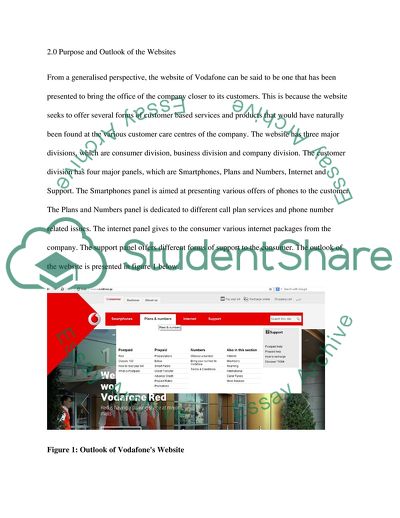Cite this document
(Management Information and Communication Systems Coursework Example | Topics and Well Written Essays - 4500 words, n.d.)
Management Information and Communication Systems Coursework Example | Topics and Well Written Essays - 4500 words. https://studentshare.org/information-technology/1814755-management-information-and-comunication-systems
Management Information and Communication Systems Coursework Example | Topics and Well Written Essays - 4500 words. https://studentshare.org/information-technology/1814755-management-information-and-comunication-systems
(Management Information and Communication Systems Coursework Example | Topics and Well Written Essays - 4500 Words)
Management Information and Communication Systems Coursework Example | Topics and Well Written Essays - 4500 Words. https://studentshare.org/information-technology/1814755-management-information-and-comunication-systems.
Management Information and Communication Systems Coursework Example | Topics and Well Written Essays - 4500 Words. https://studentshare.org/information-technology/1814755-management-information-and-comunication-systems.
“Management Information and Communication Systems Coursework Example | Topics and Well Written Essays - 4500 Words”. https://studentshare.org/information-technology/1814755-management-information-and-comunication-systems.


